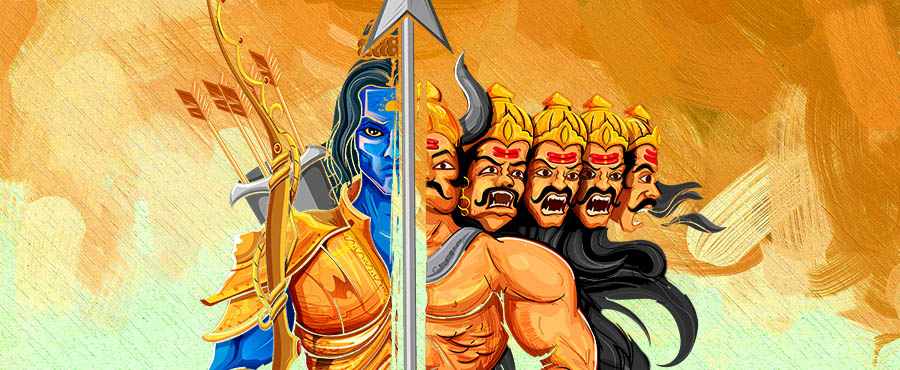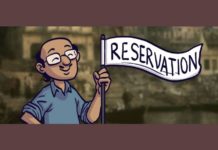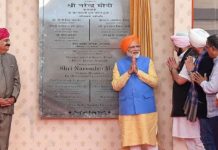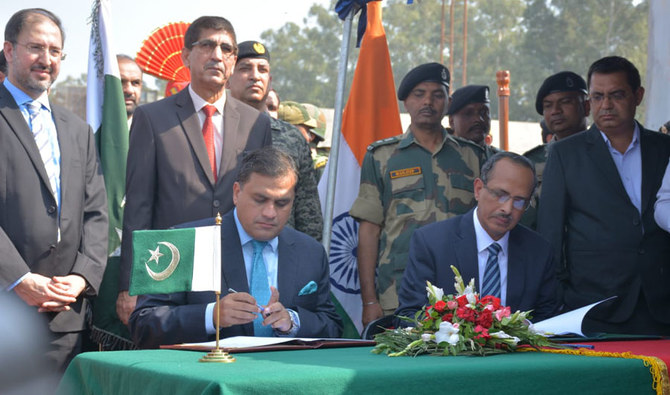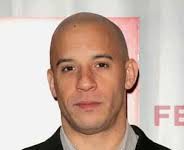India is a land of festivals. The synchronization of different cultures and traditions is best experienced during festivals in this country.
Vijayadashami which is also known as Dussehra is a major Hindu celebration that marks the end of a nine day festival of worship.
Gods and Goddesses are worshipped in the festivities, which also mark the beginning of preparations for Diwali. Most of the people think celebrates of Dussehra is a symbol victory, good over evil and light over darkness.
Dussehra in India
In eastern and north-eastern states of India people celebrate the goddess Durga’s victory over the buffalo demon.
Durga, the warrior goddess, is usually depicted riding a tiger and wielding many weapons in her eight arms.
In the northern, southern and western states people remember the god Rama’s victory over the demon Ravana, who had kidnapped his wife Sita.
Dussehra and Vijayadashami are held at the end of Navratri, a nine-day festival of worship, dance and music.
In eastern and north-eastern India Vijayadashami marks the end of the festival and is celebrated by carrying clay statues of gods and goddesses, including Durga, to water.
Worshippers play music and chant before immersing the images in water.
In northern southern and western states Dussehra is celebrated by the burning huge effigies of the demon Ravana Kumbhakaran, and Meghnad before setting off fireworks to celebrate the destruction of evil.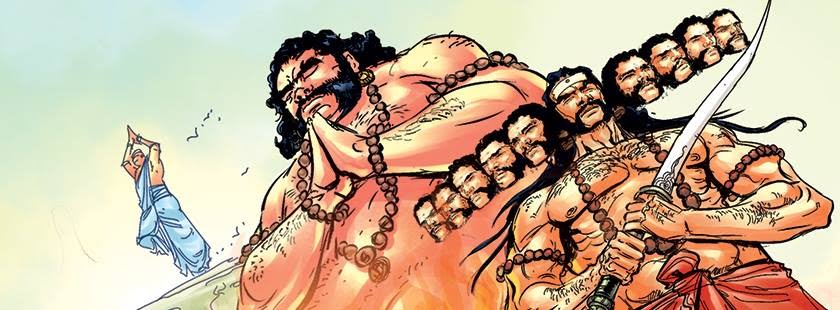
On the day of Dussehra in Maharashtra, people visit their closed ones, greet each other and exchange gifts. There is also a tradition of exchanging leaves of Aapta tree, symbolising gold that aims to bring prosperity. The festival marks the beginning of winter and hence special delicacies are prepared to make the immune system strong. Maharashtrians also consider the day auspicious and tends to start new ventures or buy new house, gadgets or vehicles.
In Kullu Manali, people celebrates Dussehra, Dhalpur maidan in Kullu valley is decorated with beautiful flowers and lights. It is believed that in the 17th century, on Dussehra, King Jagat Singh installed an idol of Raghunath, Lord Ram, on his throne. Since then Lord Raghunath is considered as the ruling deity of the Kullu valley. Adding to the excitement, the maidan is occupied with performances, exhibitions, and fairs. There is a tradition of burning a heap of bushes representing the burning of Lanka.
Dussehra in Sri Lanka
Dussehra in Sri Lanka celebration of Ravana, a devotee of Lord Shiva, is depicted and described as a great scholar, a capable ruler and a maestro of the veena (plucked stringed instrument). … Ravana is worshipped by Hindus in some parts of Sri Lanka and Bali (in Indonesia.) He is considered to be the most revered devotee of Shiva.
The first major Hindu reference to Sri Lanka is found in the great Hindu epic, the Ramayana which tells that Sri Lanka was ruled by Yaksha king Kubera. The throne of Lanka was usurped by his half-brother Ravana. Ravana was the main villain in the Ramayana and was killed by Rama the avatar of Vishnu.
The ancient city of Lankapura has been burnt down by Hanuman. After its king, Ravana, was killed by Rama with the help of Ravana’s brother Vibhishana, the latter was crowned king of Lankapura. The site of Lankā is identified with Sri Lanka.
To put it in a nutshell, here are eleven big facts you should know about Ravana.
- Ravana was half-Brahmin and half-demon. His father was Vishwashrava, a rishi belonging to the Pulastya clan, and mother Kaikasi belonged to a demon clan.
Vishwashrava had two wives – Varavarnini and Kaikasi. Kuber, the god of wealth was born to the first wife, and Ravana, Kumbhakarna, Shurpanakha and Vibhishana were born to Kaikasi.
It was Ravana and his brother Kumbhakarana, who performed penance, got miraculous powers from Lord Brahma and drove out Kuber to occupy the golden kingdom of Lanka.
- Ravana was not named so since birth. He was Dashagriva or Dashanana (demon with ten heads).
While trying to dislodge Mount Kailash on which Lord Shiva was meditating, Shiva pressed the mountain with his toe crushing Ravana’s forearms.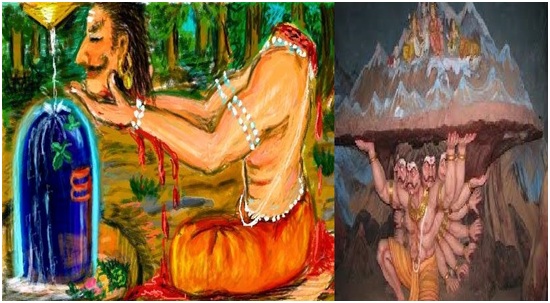
As Ravana let out blood-curling screams in agony, he came to be known as Ravana (one who screams).
It was then that Ravana became one of the greatest devotees of Lord Shiva, and composed the Shiva Tandava Stotram.
- Ravana had killed King Anaranya of the Ikshawku dynasty to which Lord Rama belonged. While dying King Anaranya had cursed Ravana saying that the son of King Dashartha will eventually kill him.
- Ravana had also tried to kill the monkey king Bali, who was performing prayer to the Sun God at seashore.
Bali was so powerful, that he carried Ravana with his arms and took him back to Kishkindhya, where he asked Ravana what he wanted.
Ravana offered friendship and the two became friends. It was Bali, who while fighting with Sugriva, was slayed by Lord Rama.
- It was Ravana, a Brahmin, who performed the rites of a purohit, when Lord Rama constructed the Rama Sethu to lead his monkey brigade to attack Lanka.
- Ravana was not only a stupendous fighter, but also an expert of the Vedas and an expert in astrology.
It is said that when his son Meghanada was to be born from his wife Mandodari’s womb, Ravana “instructed” all the planets and the Sun to be in their proper position for the auspicious “lagna” so that his son would become immortal.
But Saturn suddenly changed its position. Noticing this, a furious Ravana attacked Saturn with his mace and broke off one of its legs, maiming him for life.
- Ravana was a great practitioner of statecraft. When Lord Rama killed Ravana, who was on his last breath, Rama instructed his brother Lakshmana to go to Ravana and learn the art of statecraft and diplomacy from the dying demon king.
- Ravana, after thousand years of penance, sought a boon for immortality from Lord Brahma, but the later politely declined saying that his life would be concentrated at his navel (naabhi).
Ravana’s brother Vibhishana, a devotee of Rama, knew this, and on the tenth day of the battle, he told Rama to strike his arrow at Ravana’s navel, killing the demon king.
- Ravana had acquired a boon from Lord Brahma by beseeching that no god, demon, kinnar or gandharva could ever kill him.
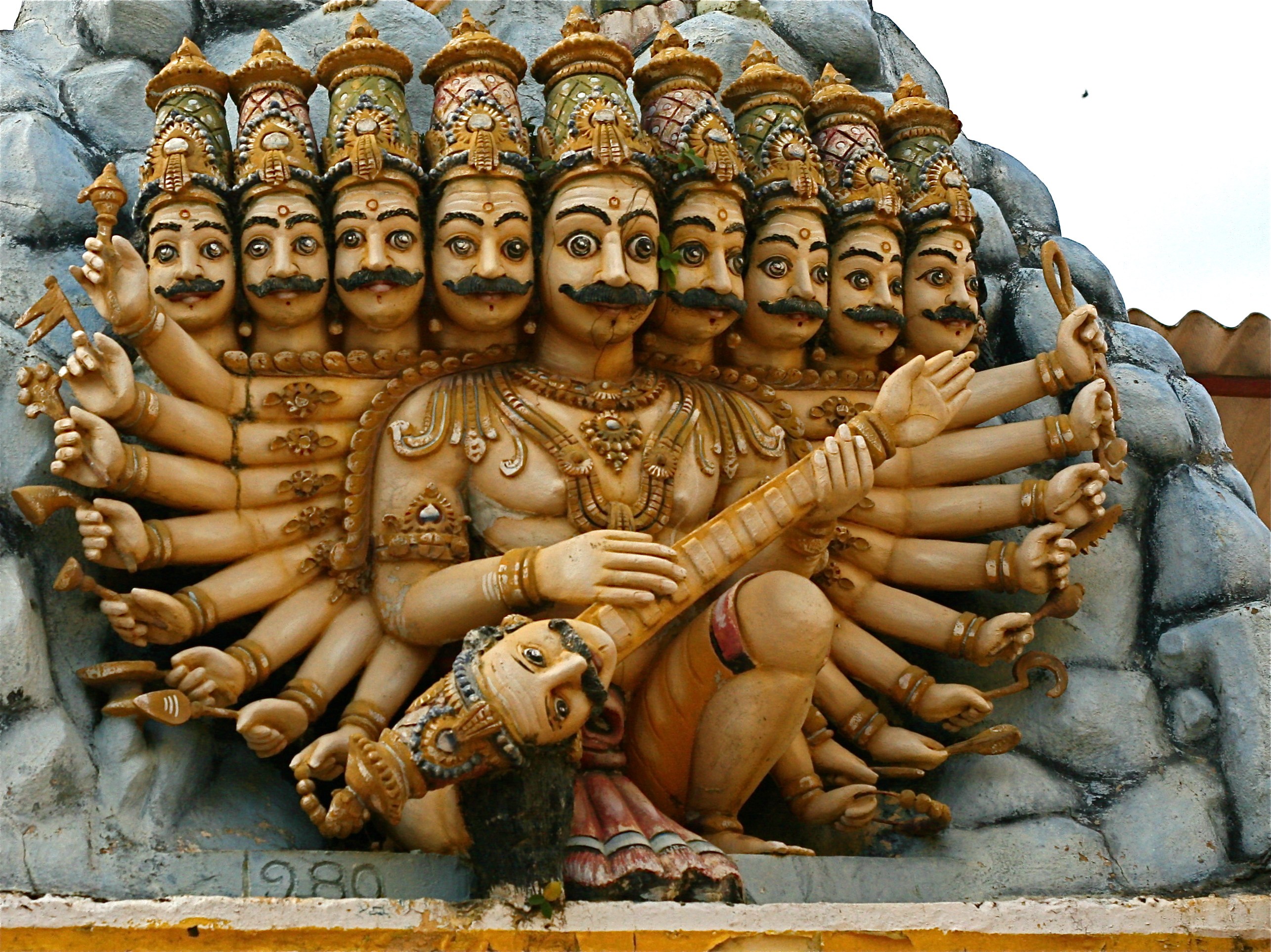
He was granted this boon, little knowing that he did not seek the boon for protection from human beings. It was Rama, as a human, who ultimately slayed Ravana.
- Ravana’s empire spread over Balidweepa (today’s Bali), Malayadweep (Malaysia), Angadweepa, Varahdweepa, Shankhadweepa, Yavadweepa, Andhralaya and Kushadweepa.
- Ravana not only usurped Kubera’s kingdom of Lanka, but also his golden Pushpaka Vimana. It is said the vimana (aircraft) could take different shapes and could travel at the speed of mind.
According to learned scholars, Dussehra marks the victory of Goddess Durga over demon Mahishasura, with whom she fought for nine nights and also a mark the victory over the king Ravana.
Overall Ravana was a good teacher and According to Indian Culture we respect Guru (teacher) by touching his feet (Charanasparsha) and not by burning them.
As Ravana was a Guru and Pandit and by burning him the message we spread is we don’t respect our Gurus and Pandits.


